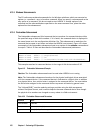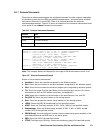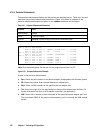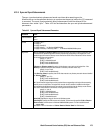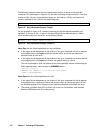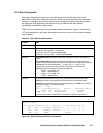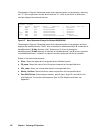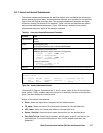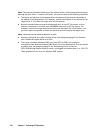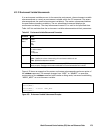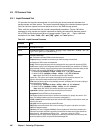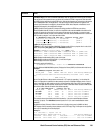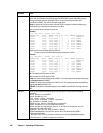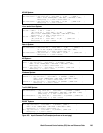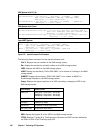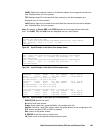278 Chapter 4 Performing CCI Operations
Note: The umount command flushes (sync) the system buffer of the associated drive before
deleting the drive letter. If umount has failed, you need to confirm the following conditions:
The logical and physical drives designated as the objects of the umount command are
not opened to any applications. For example, confirm that Explore is not pointed on the
target drive. If it is, then the target drive will be opening.
Umount command does not ignore the detected error on the NT file system, so that
umount is successful in a normal case (NO ERROR case) only on NT file system. For
example, confirm the target drive has no failure on the system for Event Viewer. If so,
you must reboot the system or delete the partition and reconfigure the target drive.
Note: Umountd has the following behavior as well.
Unmount the logical drive after waiting (30 sec) the delayed (paging) IO for dismount
after flushed the system buffer to a drive.
This avoids a problem (Windows 2003 only) that NTFS on PVOL will be split on
inconsistent state because Windows 2003 delays the IO for dismounting. This also avoids
a problem that the delayed (paging) IO for dismounting will be written on
SVOL_PAIR(Writing Disable) state by rescan, and logged as windows event (i.e., ID51,57).
These problems do not occur on Windows 2008 systems.



